Oleander is beautiful but dangerous plant. Tips how to grow it properly
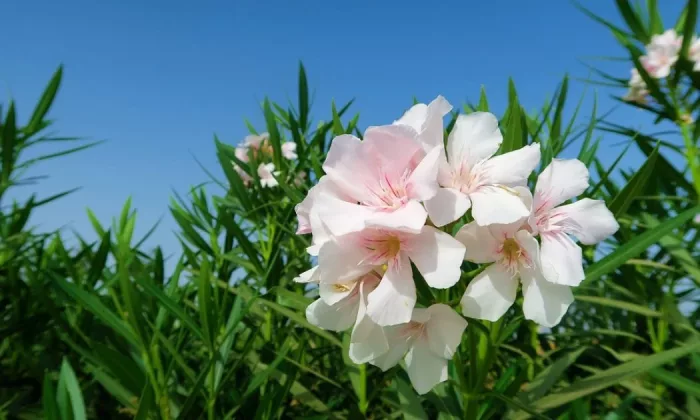
We all know that this plant is a great decoration for any garden. That is, if it is healthy and blooms as it should. Surprisingly, summer can be harmful to oleander, particularly if a wave of heat hits it. You should also avoid moving it from place to place too much. Did you know that you can propagate oleander at home and get additional plants for your garden? And what about fertilization? You will learn all that in this article.
Watering
Proper watering is very important part of plant care and as for oleander, it does not like hard water, so if possible, water it with rainwater (or let the water sit for at least an hour). Sometimes, nature takes care of the watering for you, but recent years taught us that you’d better watch watering in the summer too. Do not rely on rainfall only. If you forget to water properly, oleander will start losing leaves. If that has already happened, remove bare branches and move the plant to a shady area – and start watering slowly and regularly.
How about fertilization?
From May to mid-August, you can fertilize oleander every fifteen days. And what fertilizer should you use? Any regular fertilizer designed for indoor plants should do.
How to propagate oleander easily
Cuttings are the most reliable and at the same time the easiest way to propagate oleander. Keep in mind that oleander needs proper pruning to maintain its shape. This is usually done in spring and summer. If you do, keep the cut twigs – those which are ripe and do not show signs of mechanical damage, of course, and put them in water. When the cuttings take root you can transplant them.
Photo: Pixabay
Diseases
An unhealthy oleander will often show the following signs:
- yellow leaves,
- small tumours and twisted leaves with buds,
- spots on leaves.
Yellow leaves
Yellow leaves may be caused by sudden sunlight, or if you keep changing the location of the plant. Prevention is the best approach, but what should you do if you have already noticed yellow leaves? Well, put the plant in a partial shade and cut the ends. Water lightly and try fertilizing it a fertilizer designed for oleanders or hibiscus.
Small tumours and twisting leaves with buds
Cut off all affected parts and get rid of them. They belong to a waste bin, because you cannot use them for cuttings or in your compost. You could infect your entire garden!
Spots on leaves
You will notice this problem mainly in winter. It is caused by an insufficient light. To get rid of the spots, move the plant to a place with more light. That should be enough.
Preview photo: Pixabay

Gardening is my hobby, I have a lot of experience and I am happy to share it.
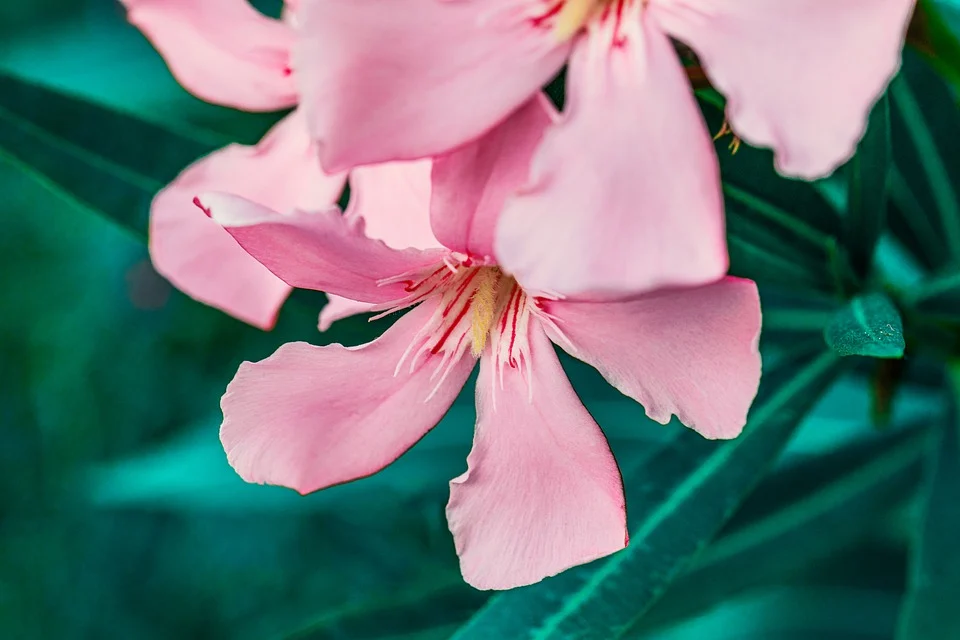


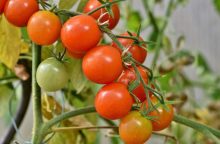
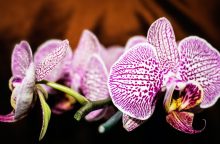
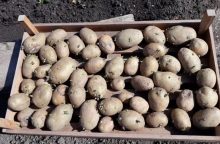
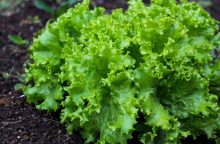
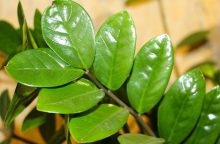
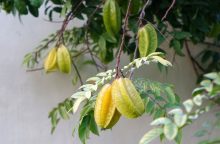
0 comments